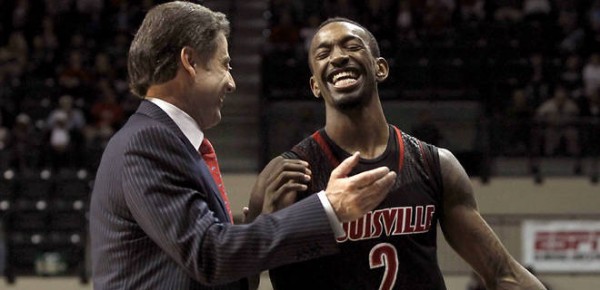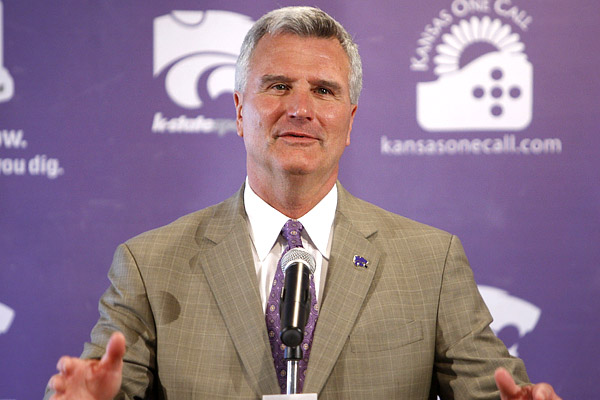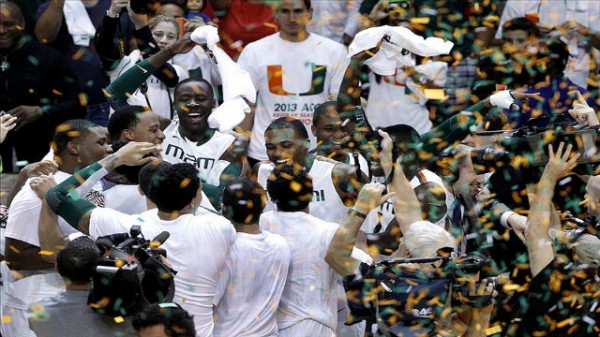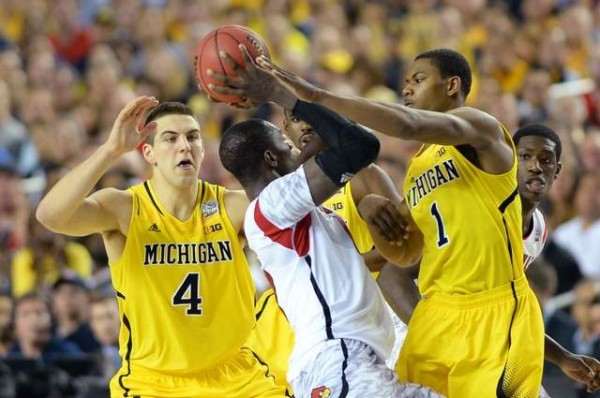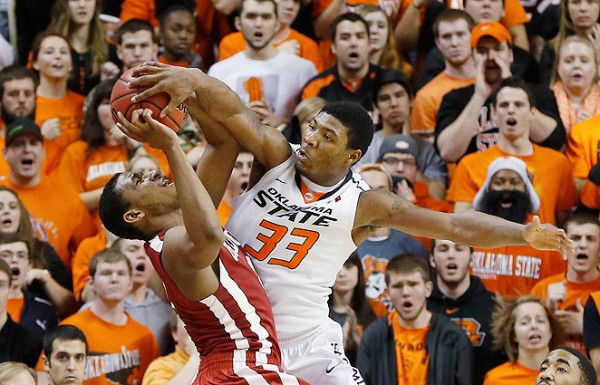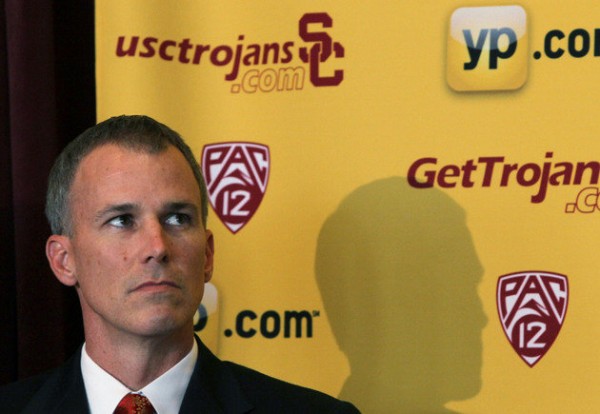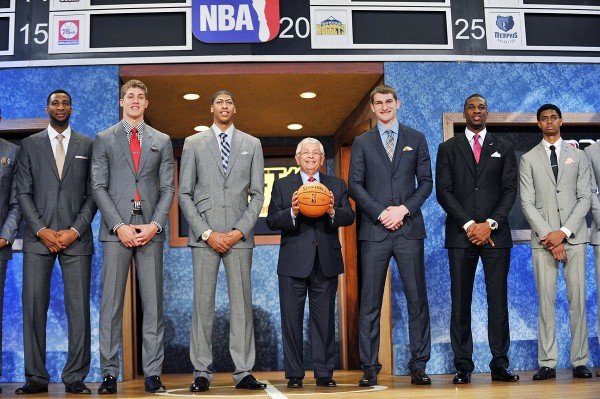Breaking Down This Year’s Five Biggest NBA Draft Refusals
Posted by Chris Johnson on April 29th, 2013Chris Johnson is an RTC Columnist. He can be reached @ChrisDJohnsonn.
The NBA Draft deadline can be a harrowing time for programs, coaches and their ever-vigilant fan bases. Player defections – particularly those of the lottery breed – not only control the fates of specific teams, they create massive rippling effects on college basketball writ large. Based on who does or doesn’t make their talents available to the most exclusively competitive sports league in North America, college basketball takes on a certain median composite talent distinction. Last season, that measure was low, and fans of all kinds made sure to scream and wail and cry foul about the dearth of “elite talent” and the oncoming barrenness of prospective upside on this year’s draft boards. “No dominant team” was a meme raised just as frequently, and by the end of the season, when two of the nation’s most talented teams navigated the predicted upset-laden waters of the NCAA Tournament and staged an epic final game – and when the nation’s “dominant team,” Louisville, actually won the whole thing – the conversation quickly turned to 2013-14.
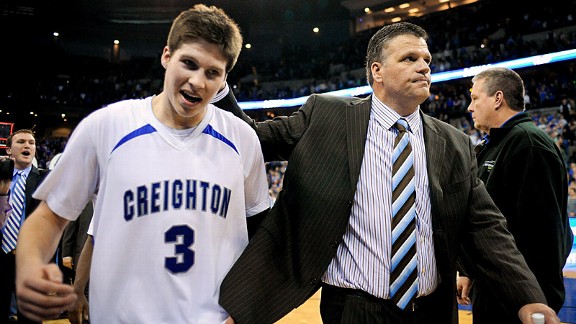
With McDermott back, Creighton has every reason to be excited about its move into the Big East (Getty Images).
That brings us to Sunday’s NBA Draft deadline, the real draft deadline, the one that actually forces players to make decisions about their professional futures, rather than the teethless NCAA-imposed early date created for the supposed benefit of coaches’ scholarship and recruiting calculations during the recruiting spring signing period. There were some notable departures this year, National Player of the Year award-sweeping point guard Trey Burke chief among them, but all in all the final count leaves college basketball with an immensely intriguing selection of returning players that – when mixed with one of the most highest-touted recruiting classes of the past 10 or so years – should produce a general quality of play that far exceeds last season’s occasionally-ugly level. I’ve come up with five players (or pairs of players) whose reappearance in the college ranks will contribute most directly to making this season not only hugely appealing for its freshmen stars – as is often the case in the one-and-done era – but experienced and deep and seasoned enough to produce a boundlessly exciting pool of players and teams. We are going to see a host of really good returning players in college basketball next season, and unlike last year, many of these guys won’t come off as totally unfamiliar. There’s some star power here – as in not in the NBA. Rejoice.
Doug McDermott – Creighton. The end of last season, brought upon by a Round of 32 NCAA Tournament loss to Duke, ushered Creighton into a programmatic transition: Beginning this season, the Bluejays will become members of the new Big East. They leave behind a good but measurably inferior Missouri Valley Conference, and the step up in competition promises to be fierce. It would have been a completely reasonable move for McDermott to stare down the present, understand the rigors of a more challenging conference schedule, the increased defensive attention from better athletes across a larger number of quality teams, and cut loose with program and father-coach after a successful three-year career. It would have made the most possible sense.





























